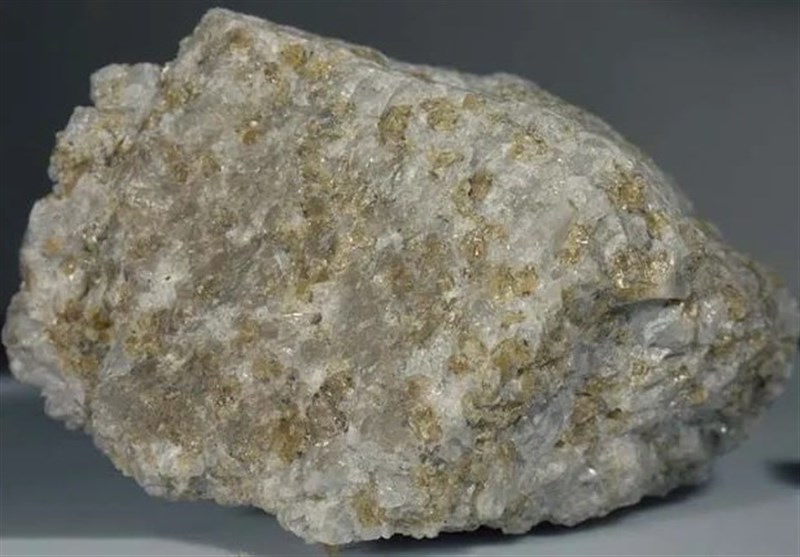Apollo Moon Rocks Reveal Potential Resource for Future Lunar Missions
TEHRAN (Tasnim) – A recent analysis of Apollo mission moon rocks has unveiled the presence of hydrogen, marking a significant discovery that hints at potential applications for future missions, including life support and rocket fuel production on the lunar surface.
Researchers from the US Naval Research Laboratory (NRL), who received lunar samples from NASA, disclosed that hydrogen was found in lunar soil sample 79221, believed to have been generated by continuous solar wind and comet impacts on the moon.
Katherine Burgess, NRL geologist and lead author of the study, highlighted the significance, stating, "Hydrogen has the potential to be a resource that can be used directly on the lunar surface when there are more regular or permanent installations there."
Launching a water bottle to the moon is estimated to cost thousands of dollars, making the prospect of utilizing lunar ice as water for astronauts a cost-effective solution. Furthermore, breaking down this ice into hydrogen and oxygen could potentially serve as rocket fuel for journeys between the moon and Earth, possibly extending to missions to Mars in the future.
In 2020, findings from the SOFIA infrared telescope suggested that lunar water might be distributed as ice across the moon's surface, challenging previous notions of water being confined only to shadowed regions near the lunar poles.
Interestingly, the lunar rocks collected by Apollo astronauts were not from the moon's poles, where long-term human presence is envisaged. The latest revelations about hydrogen have implications for its presence beyond the poles, according to scientists involved in the study.
India's Chandrayaan-3 mission, deploying a robotic lander-rover duo near the lunar south pole, uncovered the presence of sulfur on the lunar surface, potentially in higher concentrations than previously known. This discovery could hold promise for future astronaut activities, aiding in the development of infrastructure and storage batteries on the moon.






